All active electronic devices require a source of constant dc that can be supplied by a battery or a dc power supply.
The dc power supply converts the standard AC voltage available at wall outlets into a constant dc voltage.
The dc power supply is one of the most common circuits you will find, so it is important to understand how it works.
The voltage produced is used to power all types of electronic circuits including consumer electronics, computers, industrial controllers, and most laboratory instrumentation systems and equipment.
The dc voltage level required depends on the application, but most applications require relatively low voltages.
A basic block diagram of the complete power supply is shown in Above Figure.
Generally the ac input line voltage is stepped down to a lower ac voltage with a transformer (although it may be stepped up when higher voltages are needed or there may be no transformer at all in rare instances).
A transformer changes ac voltages based on the turns ratio between the primary and secondary. If the secondary has more turns than the primary, the output voltage across the secondary will be higher and the current will be smaller. If the secondary has fewer turns than the primary, the output voltage across the secondary will be lower and the current will be higher.
The rectifier can be either a half-wave rectifier or a full-wave rectifier. The rectifier converts the ac input voltage to a pulsating dc voltage.
The filter eliminates the fluctuations in the rectified voltage and produces a relatively smooth dc voltage.
The regulator is a circuit that maintains a constant dc voltage for variations in the input line voltage or in the load. Regulators vary from a single semiconductor device to more complex integrated circuits.
The load is a circuit or device connected to the output of the power supply and operates from the power supply voltage and current.
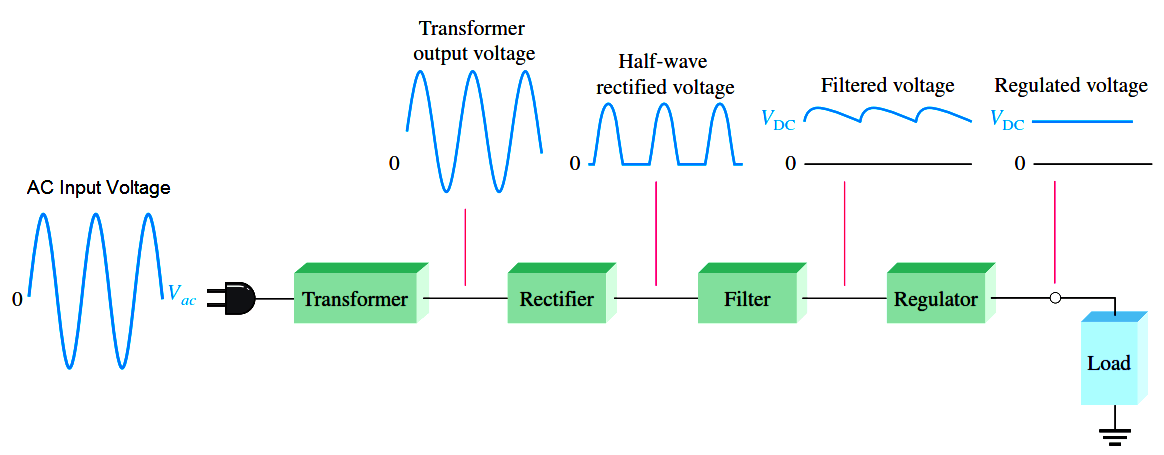
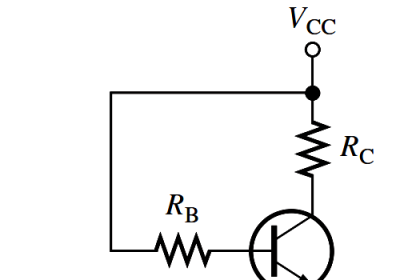

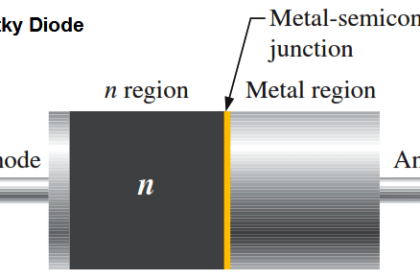

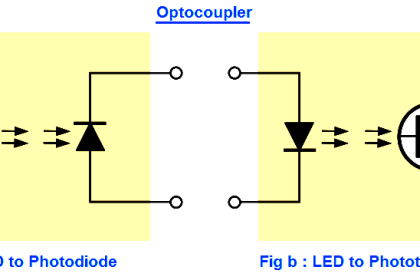
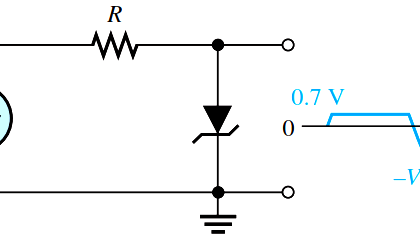
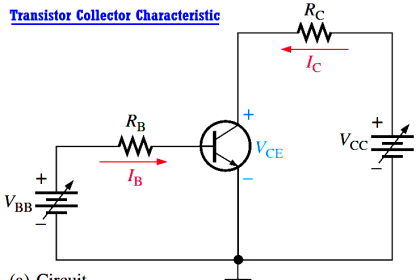
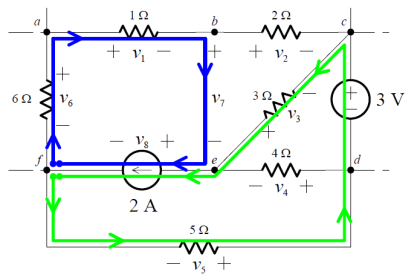

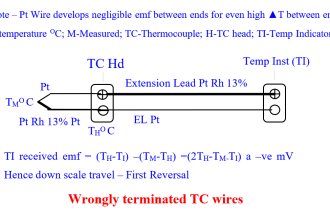
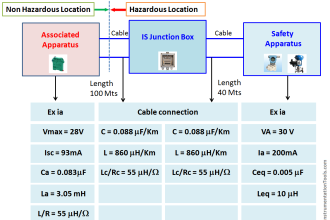
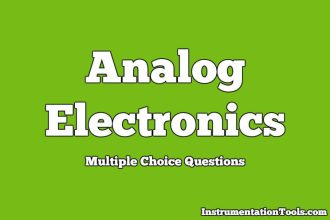
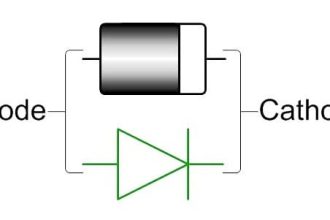
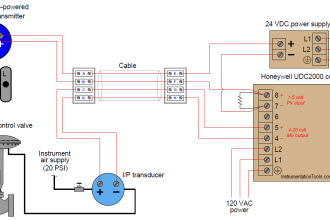

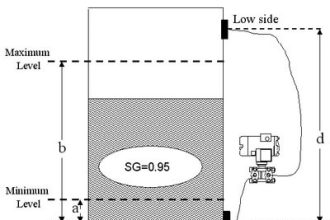

I want notes regarding testing of I/Os in marshling panel.